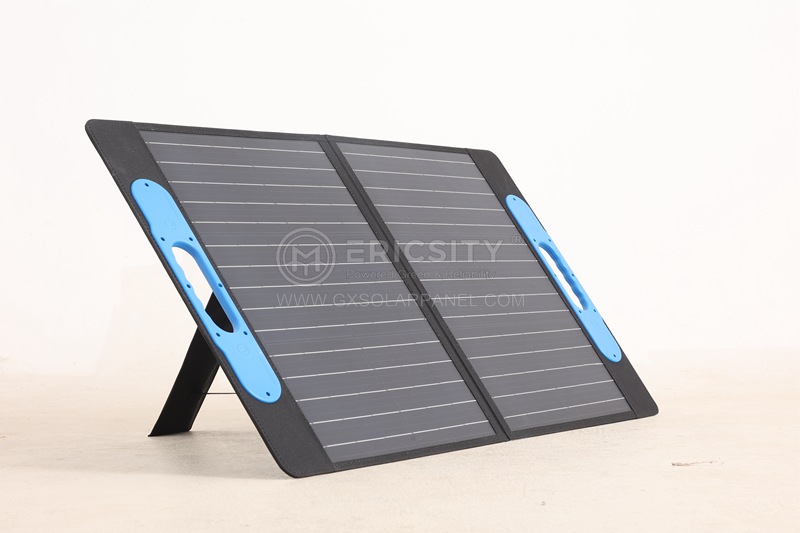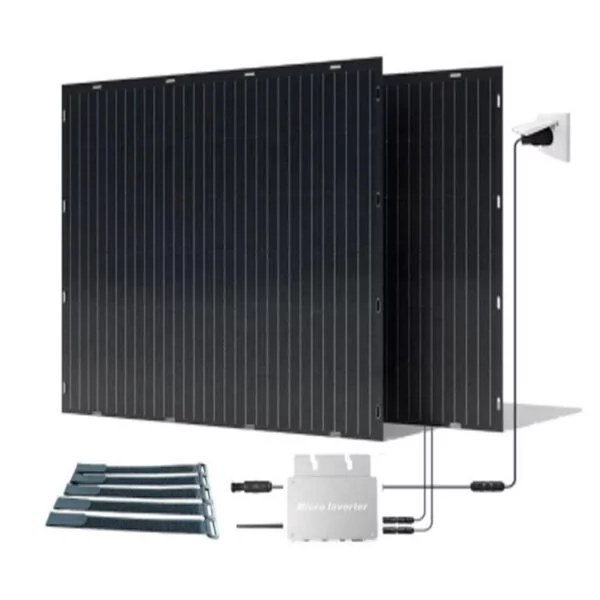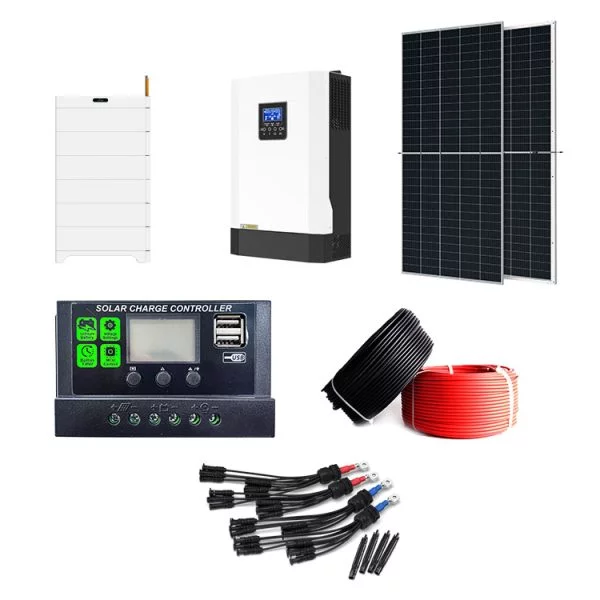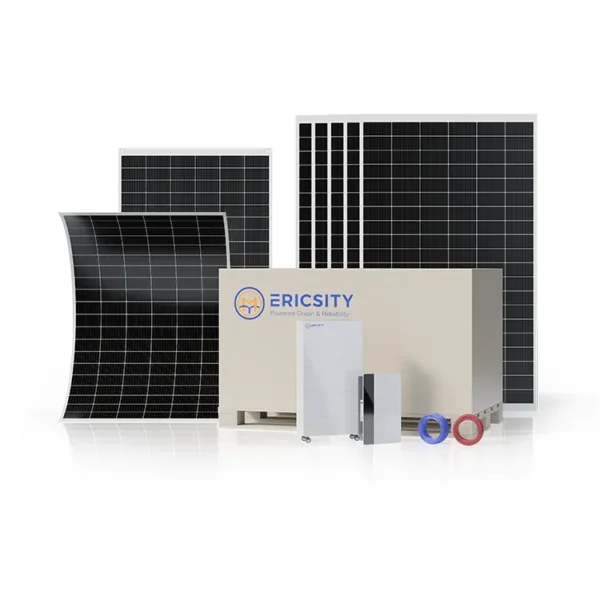HOT PRODUCT
Product Details
Large-scale Solar In Action: Real-life Examples Of Giant Flexible Panels
Large-scale Solar In Action: Real-life Examples Of Giant Flexible Panels
Over the past decade, solar energy has experienced significant growth as a viable and sustainable alternative to traditional forms of energy generation. As the technology continues to advance, solar power has become more efficient, accessible, and cost-effective. One development that has gained attention and excitement is the use of large-scale flexible solar panels. These innovative panels have the potential to revolutionize solar power generation due to their adaptability, efficiency, and significant reduction in installation time.
One prominent example of large-scale flexible solar panels in action can be found in France. The Faraman solar power plant, located in the heart of the country, utilizes over 46,000 flexible panels to generate clean electricity. Covering an area of 10 hectares, these lightweight panels not only harness solar energy to power nearby communities but also serve as an outstanding demonstration of how flexibility in design can be integrated into solar installations on such a large scale.
Another remarkable instance of flexible solar panels making a significant impact can be seen in Australia. The Rewan Solar Farm, spanning across 200 hectares in Queensland, is equipped with over 1 million flexible panels. This massive solar farm has the capacity to generate approximately 148,000 megawatt-hours of renewable energy each year, offsetting a significant amount of carbon emissions and reducing reliance on traditional energy sources. The use of flexible panels in this project has proven to be a game-changer, offering more design possibilities for solar power generation.

Furthermore, the Netherlands is also using large-scale flexible solar panels to encourage the integration of solar energy into various urban and rural landscapes. The SolaRoad project, which began in 2014, aims to utilize existing road surfaces as a platform for solar power generation. By integrating flexible solar panels into the roadway, this innovative initiative can transform ordinary streets into vast solar energy-generating surfaces. The project has already generated impressive results, with the initial test bike path producing more than 3,000 kilowatt-hours of electricity in its first year of operation.
In addition to the examples mentioned above, large-scale flexible solar panels have also found their way into unique applications. The SolarStratos project, based in Switzerland, aims to send a solar-powered aircraft to the edge of space. The wings of this futuristic aircraft are equipped with flexible solar panels, allowing it to harness the Sun’s energy to power its engines and on-board systems. This extraordinary endeavor demonstrates the versatility and potential of large-scale flexible solar panels in various industries beyond traditional power generation.
The advantages of large-scale flexible solar panels are numerous. First and foremost, they offer greater design flexibility, enabling solar installations in locations that were previously unsuitable for conventional rigid panels. Their lightweight nature means they can be easily installed on a variety of surfaces, including roofs, roads, and even vehicles. Additionally, their durability and resistance to harsh weather conditions make them a reliable option for long-term use.

Furthermore, large-scale flexible solar panels offer significant time and cost savings during the installation process. By eliminating the need for complex support structures, labor-intensive mounting, and wiring, the overall installation time can be significantly reduced. These panels can also maximize the utilization of available space, making them ideal for large-scale applications.
As large-scale flexible solar panels become more widely adopted, the potential for even greater advancements and improvements in efficiency and durability is expected. With ongoing research and development, it is likely that the cost-effectiveness of these panels will continue to improve, making solar energy a more viable option for countries around the world.
In conclusion, large-scale flexible solar panels are not only transforming solar power generation but also opening up new possibilities for integrating renewable energy into various landscapes and industries. Real-life examples, such as the Faraman solar power plant in France, the Rewan Solar Farm in Australia, the SolaRoad project in the Netherlands, and the SolarStratos project in Switzerland, clearly demonstrate the potential of large-scale flexible panels in revolutionizing the renewable energy sector. With continuous innovation, these panels will undoubtedly play a vital role in promoting a sustainable and cleaner future.




